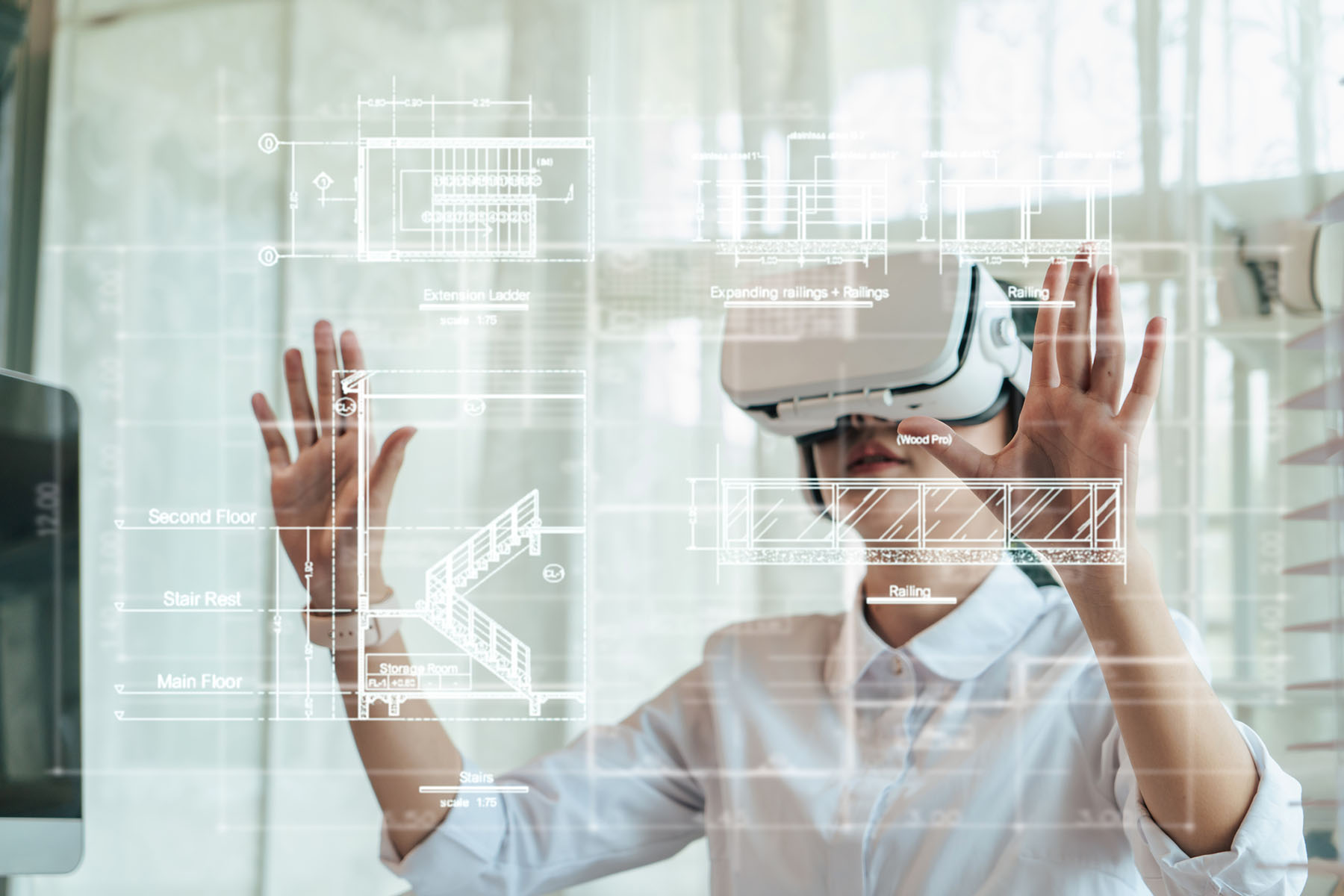
Here’s some good news for every parent who’s ever worried about the kids spending too much time playing video games – those experiences just might help them get a job. Not only as a video game designer or tester, but it could also land them a solid job in the skilled trades with an industrial contracting company.
The construction industry continues to struggle to recruit and retain workers. And nowhere is that more evident than in the skilled trades, which are among the hardest jobs to fill. The problem is compounded by younger workers who show little to no interest in these fields.
But technology may offer a way to change all that. Mention welding to a young person and you’ll likely get a blank stare. But mention virtual reality and watch their eyes light up. A lot of heavy construction contractors are waking up to the possibilities and benefits of embracing technologies, such as virtual reality training, as a means of attracting and retaining the new generation of “digital natives.”
Virtual Reality 101
According to PC Magazine, Virtual Reality (VR) is usually experienced in devices such as headsets, where the user’s perceived environment is controlled by the device. Think of it as an immersive video games that places the user into computer-generated surroundings unrelated to her actual reality.
There are two forms of digital reality – VR and AR (Augmented Reality), While VR immerses a user in a completely simulated environment, AR is an addition to an actual physical space. One example of AR consists of eyeglasses that can show a technician a blueprint as an overlay to the work area to aid in placing components.
Put the two together and you’ve got Mixed Reality (MR or XR) which blends elements of both into a single application. Now apply those concepts to the realm of training for the trades.
Applications
The skilled trades are the ultimate in hands-on occupations and can greatly benefit from the ability to learn and practice a skill in a virtual environment. Similar to VR training for heavy equipment operators, digital platforms can now be found training welders, plumbers, electricians and HVAC technicians. Using welding as an example, virtual platforms are now offered that can replicate the sights, sounds and touch that come with the process. These also allow virtual welding projects to be evaluated in detail as students practice the process in a safe environment without wasting consumables or creating scrap.
Virtual Training Benefits
Training for skilled trades work is seeing increased adoption of virtual training platforms. While VR training will not completely replace traditional methods, the process offers many potential paybacks for industrial contracting companies.
Attractiveness to younger workers. Recent high school graduates are not often interested in the skilled trades, but they are responsive to most things digital. A heavy construction contractor that touts its digital training offerings will have an easier time appealing to a younger demographic.
Better retention. For a generation schooled in visual learning, VR training offers a familiar way to access and retain the knowledge required for proficiency.
Lower costs. While traditional methods of training, which normally require long apprenticeships, are costly in terms of time and materials, virtual training can reduce those expenditures through shortened training time, reduced waste and greater safety.
Faster reskilling. Need to cross train workers? With its ability to digitally replicate processes, VR can help shorten the time it takes to train employees for different roles within the company. Because VR digitizes the physical tasks and equipment associated with a particular skill, students can practice anytime and anywhere they have access to the software and a headset.
Improved safety. Many skilled trades activities carry a level of risk, even during training. VR training reduces or eliminates those risks by replacing real world actions with digital simulations. And by incorporating VR into safety training, workers can learn to identify and respond to potential problems without actually being exposed to them. One can imagine that at some point this could even contribute to better insurance rates.
As industrial contracting companies look for ways to fill their employment pipelines, digital training will grow in feasibility and adoption. Like many new technologies, VR training implementation may contribute to the difference between a company’s growth and being left behind.
Have you considered the ways a single-source industrial contractor can improve your bottom line? We’d love to have that conversation. Contact us to discuss your next project.


